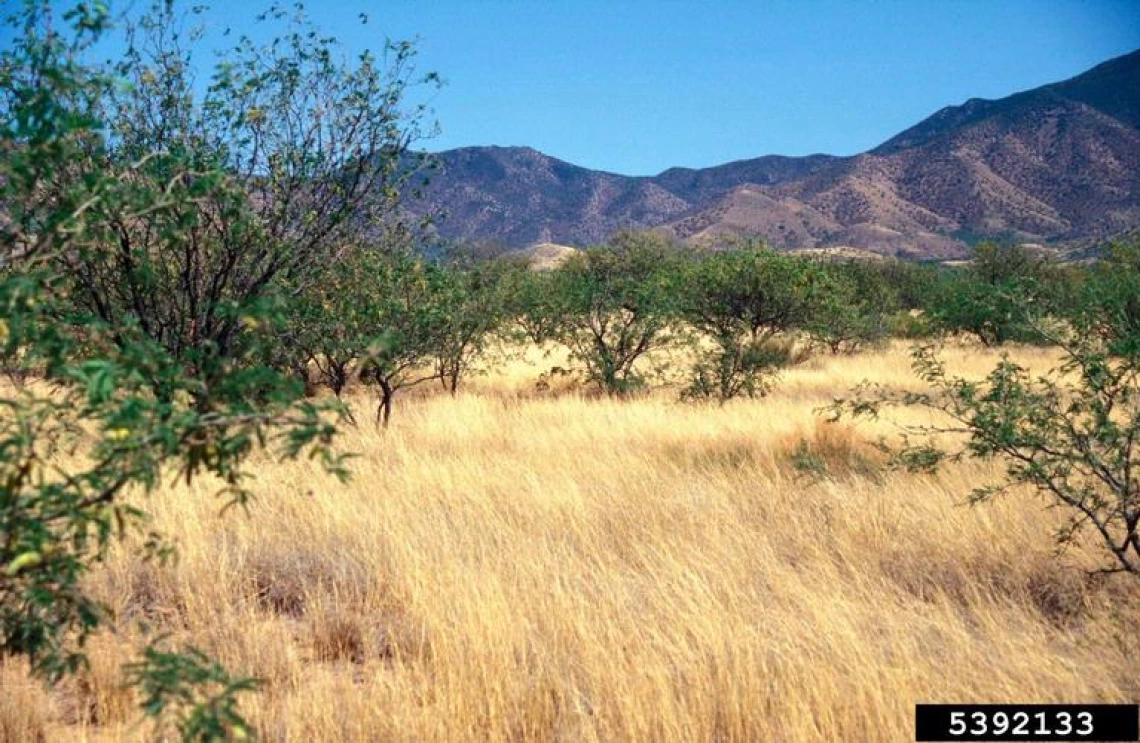School of Plant Sciences Seminar Series

Lehmann Grass (Eragrostis lehmanniana)
John M. Randall, the Nature Conservancy
Speaker
When
Where
Abstract: Lehmann lovegrass (Eragrostis lehmanniana) is rapidly transforming semi-arid landscapes in North America, yet the biochemical mechanisms underlying its invasion success remain poorly understood. Through comprehensive metabolomics analysis (¹H NMR, LC-MS/MS, FT-ICR-MS, and MALDI-MS), we compared the metabolic profiles of Lehmann lovegrass and native Arizona cottontop (Digitaria californica). Our findings reveal three key mechanisms: (1) Enhanced nitrogen allocation to shoots, enabling growth advantage in nutrient-poor soils; (2) Reduced investment in root defensive metabolites, suggesting altered below-ground competitive strategies; and (3) Dynamic modulation of root exudates under stress conditions, indicating high phenotypic plasticity. These metabolic signatures suggest that climate-driven changes in resource distribution may further facilitate Lehmann lovegrass invasion. This seminar will explore how chemical ecology approaches can illuminate the molecular mechanisms driving plant invasion success and their implications for semi-arid ecosystem management.
Bio: Dr. Ben Yang is a soil ecologist who uses cutting edge multi-omic approaches to understand the role of soil in ecosystem functions and how to manage it for sustainability in the future. He studied environmental microbiology as an undergraduate at the University of Toronto. His PhD research focused on the role of microbial communities in ecological restoration in Dr. Albert Barbaran’s lab at the University of Arizona. Dr. Yang is currently a postdoctoral researcher in Dr. Malak Tfaily’s lab, where he studies plant-soil interactions and ecosystem response to disturbance using untargeted metabolomics.

